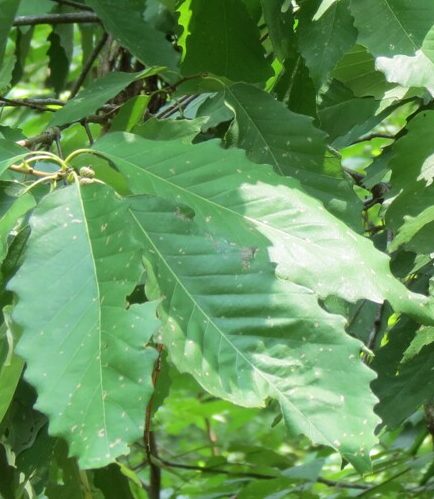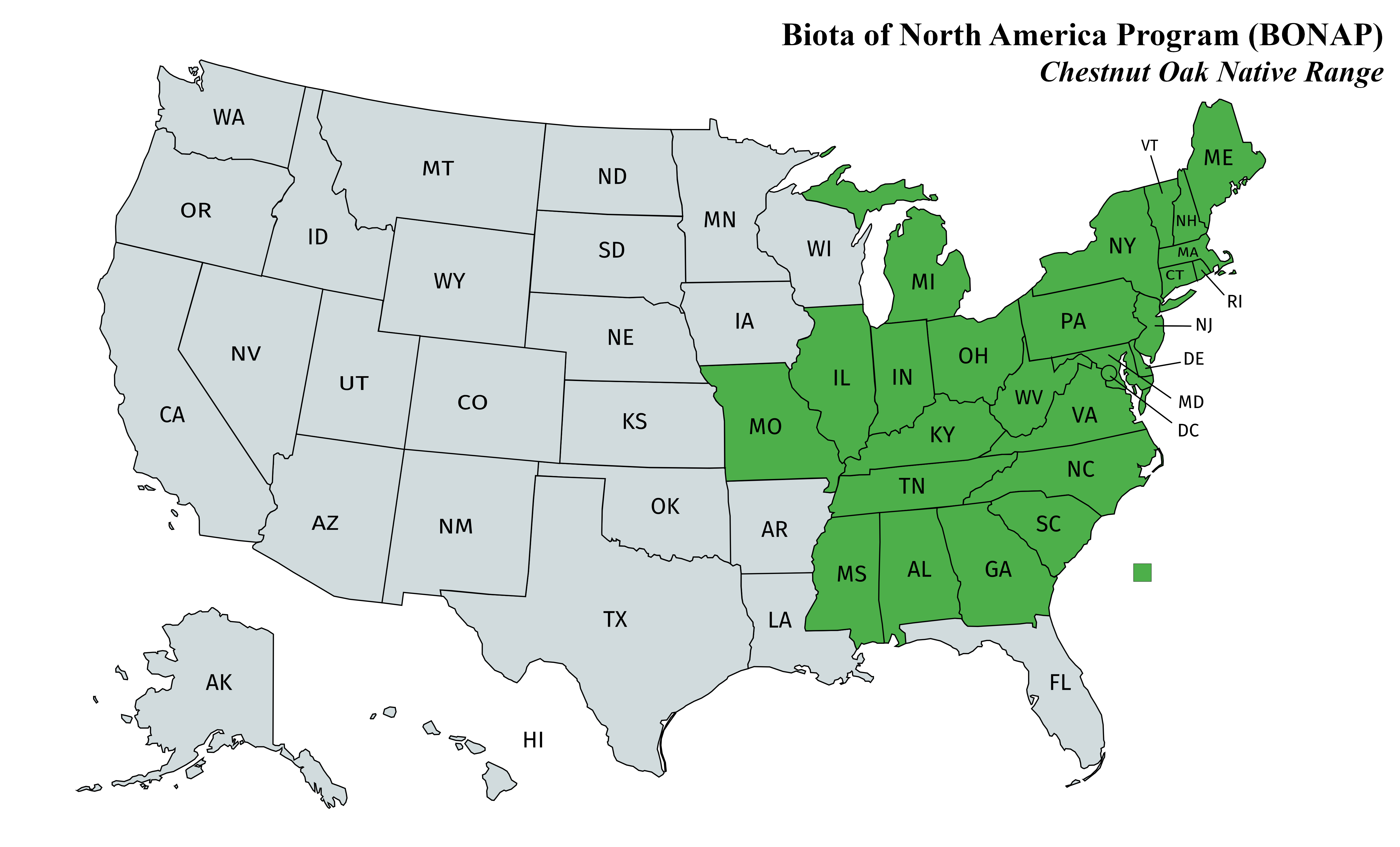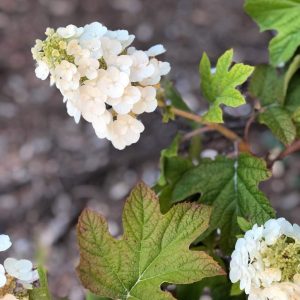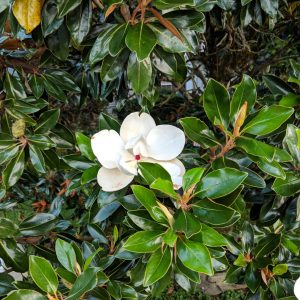Chestnut Oak
This product can only be purchased as part of a retail Landscape Package.
For bare root wholesale quantities and pricing please see our Wholesale Catalog.
Quercus montana
The Chestnut Oak, also called the Rock Oak or Rock Chestnut Oak, is a medium-sized native oak tree beloved by wildlife and heralded for its ability to thrive in poor soils on rocky, steep locations. Chestnut Oak is a member of the white oak group and is named for its chestnut-shaped leaves. The Chestnut Oak is noted for its foliage which unfurls pink, becoming silvery, before finally becoming dark green. Fall foliage is orange-yellow to yellow-brown. Chestnut Oak is also known for its beautiful silvery-white bark. Planting instruction can be found at boydnursery.net/planting/.
| Classification | |
|---|---|
| Diseases & Insects | Basically free of problems, but can be prone in a very limited sense to anthracnose, basal canker, canker, leaf blister, leaf spots, powdery mildew, rush, twig blights, wilt, wood decay, shoe-string root rot, various galls, scales, yellow-necked caterpillar, pin oak sawfly, saddleback caterpillar, oak skeletonizer, Asiatic oak weevil, two-lined chestnut borer, flatheaded borer, leaf miner, oak lace bug and oak mite |
| Family | Fagaceae |
| Flowers | Flowers are monoecious, appearing on the old or new growth; staminate catkins pendent, clustered; individual flowers comprising a 4 to 7 lobed calyx which encloses 6 stamens, rarely 6 to 12; pistillate flowers solitary or in few to many-flowered spikes from the axils of the new leaves; individual flowers consisting of a 6 lobed calyx surrounding a 3 (rarely 4 to 5) celled ovary, the whole partly enclosed in an involucre; acorns are borne 1 to 2 on penduncles shorter than the peioles; ovid, 1 to 1 1/4" high, 3/4" wide, enclosed 1/3 to 1/2 by the tuberculate cap; the nut is rich dark brown and sweet tasting – relished by the gray squirrel, black bear, white-tailed deer, and many other forms of wildlife |
| Growth Rate | |
| Hardiness Range | zone 3a – 8b *need help finding your hardiness zone? |
| Leaves | Leaves are alternate, simple, obovate to obovate-oblong, 4 to 6" long, 1 1/2 to 3 1/2" wide, acute or acuminate, cuneate or rounded at base, coarsely and regularly toothed, with 10 to 14 pairs of obtusish, often mucronate teeth, lustrous dark yellow-green, grayish tomentulose beneath; petioles 1/2 to 1", yellow and color extends to midrib; leaves change to orange-yellow to yellowish brown in fall |
| Plant Synonyms | Quercus prinus |
| Plant Type | |
| Primary Features | |
| Size | 60-75 feet tall at maturity with 40-45 foot spread |
| Sun Requirement |





